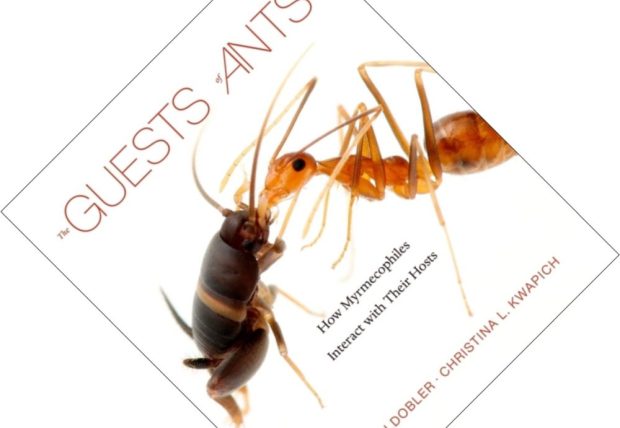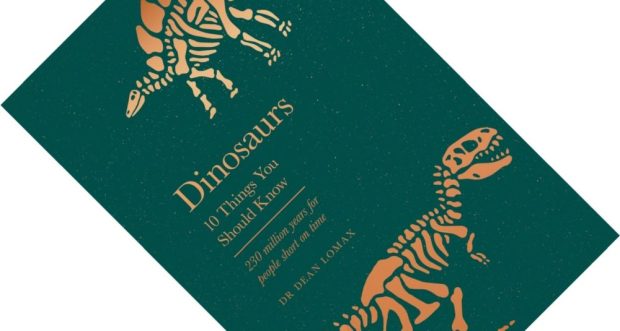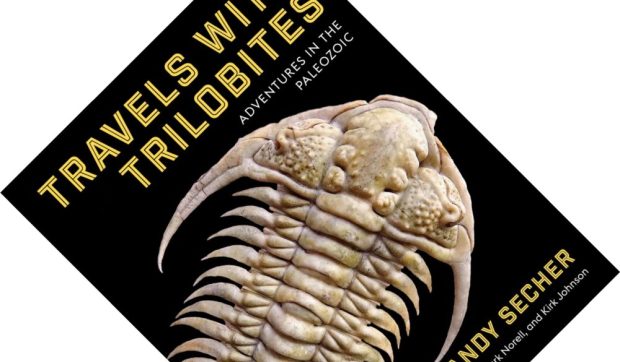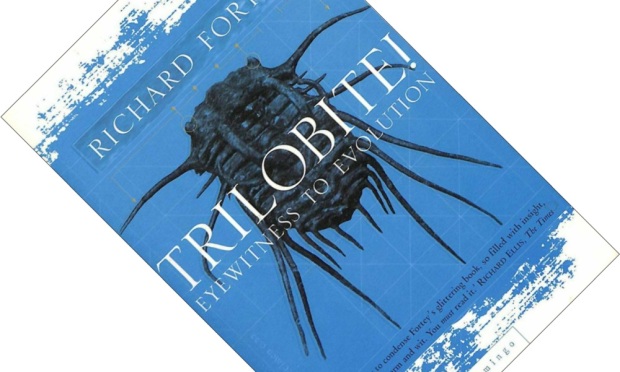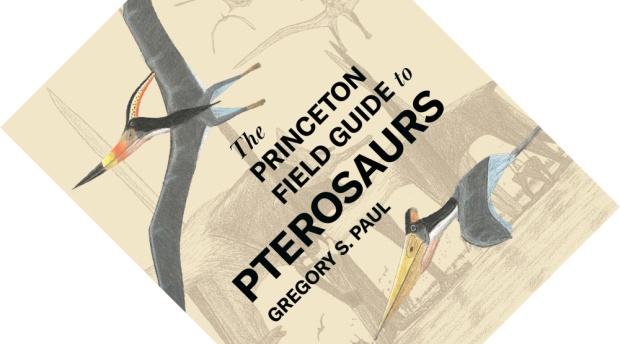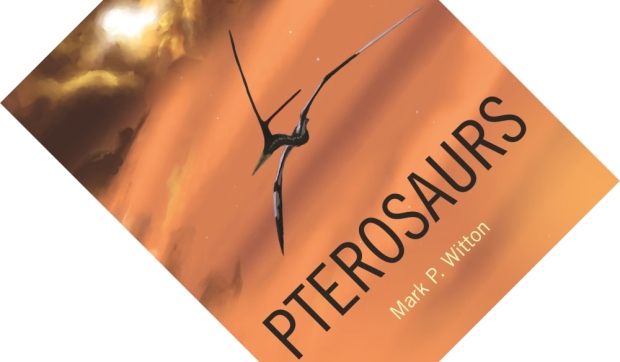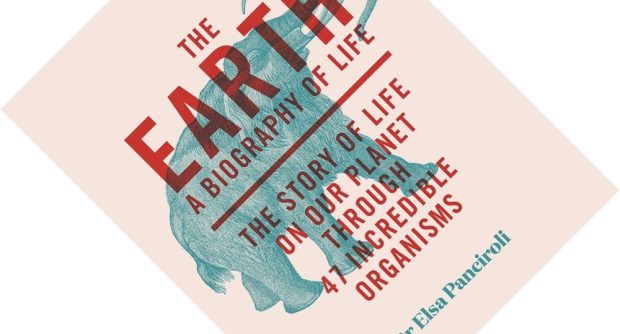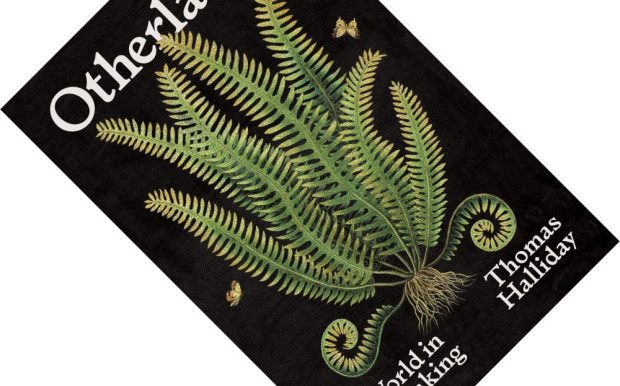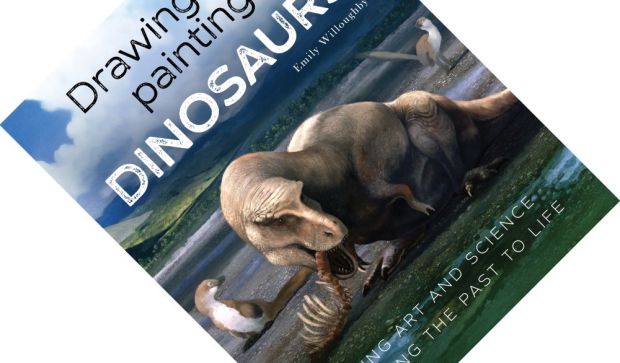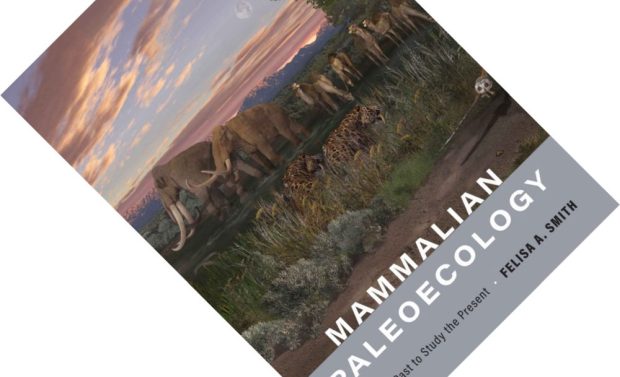6-minute read
keywords: entomology, ethology
It has to be one of the more delightful details of the natural world: the ecosystem of an ant’s nest is home to its own constellation of creatures that specialise in living within or nearby it. Daniel Kronauer’s book Army Ants first drew my attention to these so-called myrmecophiles and their sometimes bizarre adaptations. I was stoked when Harvard University Press announced it would publish a monograph focusing on just this aspect of ant biology, authored by entomology professors Bert Hölldobler (a frequent co-author to E.O. Wilson) and Christina L. Kwapich. The Guests of Ants gives a beautifully illustrated, wide-ranging, and critical literature review of this delightful corner of myrmecology. Will ants make it to my personal top 5 for a third-year running? This book is a very strong contender.

